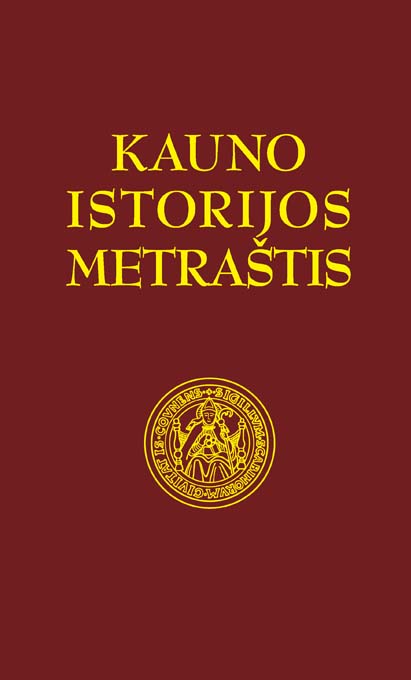Sociokultūrinio lietuvinimo (lietuvėjimo) raiškos Kauno miesto pradinėse mokyklose 1918–1940 m.
Sociocultural Lithuanization (Becoming Lithuanians) in Kaunas City Primary Schools in 1918–1940
Author(s): Mindaugas BalkusSubject(s): History, Education, Cultural history, Social history, School education, History of Education, Interwar Period (1920 - 1939)
Published by: Vytauto Didžiojo Universitetas
Keywords: Kaunas; Primary Schools; Interwar Period; Sociocultural Lithuanization; Education
Summary/Abstract: The article analyses the processes of sociocultural Lithuanization (becoming Lithuanians). The dissemination of the Lithuanian language and culture was a typical feature of these processes in Kaunas city primary schools in 1918–1940.The research has revealed that in 1918–1940 the composition of classes changed in Kaunas primary schools according to the language of instruction. The number of classes taught in Lithuanian increased drastically from 6 (13,98 %) in 1918 to 197 (62,54 %) in 1938. The number of classes where the language of instruction was Polish decreased from 25 (58,14 %) in 1918 to 5 (1,59 %) in 1938. From the beginning of the 1930s, a part of Kaunas primary classes where the languages of instruction were Polish and German were reformed to the classes where the language of instruction was Lithuanian, and the Polish and the German languages were elective courses.Most teachers of Kaunas city primary schools adapted to the new requirements of the state education system, i.e. teaching in Lithuanian (the state language) and disseminating the Lithuanian national culture. In 1925, “Law Amendment of Primary Schools” was passed, which regulated an obligatory test of the Lithuanian language for primary school teachers. Until 1940, the older generation of teachers in Kaunas city primary schools learned Lithuanian, while the younger generation of teachers, who finished the institutions of teacher preparation in Lithuania, knew Lithuanian sufficiently well. The dissemination of sociocultural Lithuanization (becoming Lithuanians) in Kaunas city primary schools was especially typical of the subjects of the Lithuanian language, history, geography, and environment and homeland cognition. During the Lithuanian language lessons, pupils acquired the main skills of the state language, such as reading, writing, or speaking (non-Lithuanian pupils), and were introduced to the Lithuanian folklore, literature, etc. During the lessons of environment and homeland cognition, the pupils acquired the main knowledge about the state institutions, state symbols (the hymn, the coat of arms, or the flag), etc. During the lessons of history, the pupils were introduced to a romanticized Lithuanian-centered historical narrative of Lithuania. During the lessons of geography, they found out about the historical places in Lithuania, homelands of famous people, etc.
Journal: Kauno istorijos metraštis
- Issue Year: 2015
- Issue No: 15
- Page Range: 131-148
- Page Count: 18
- Language: Lithuanian

